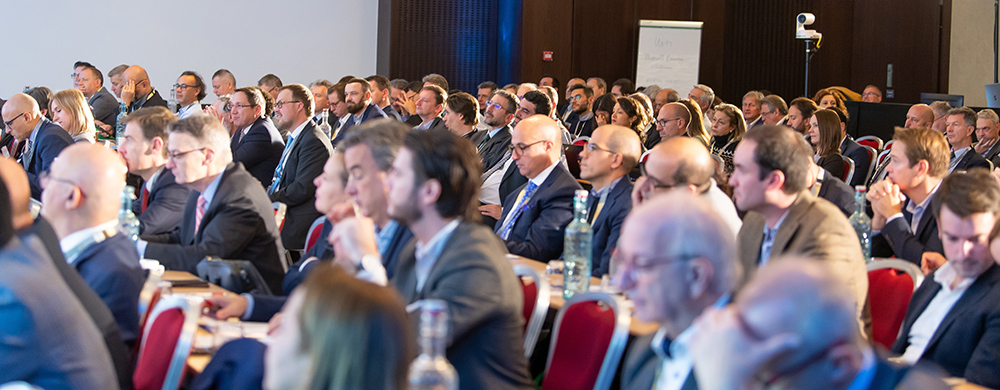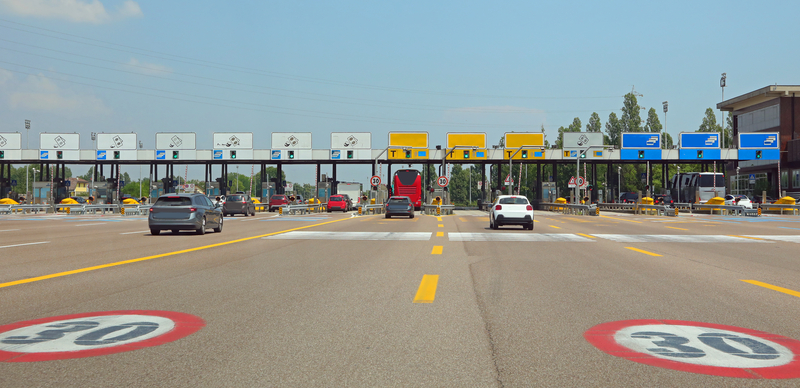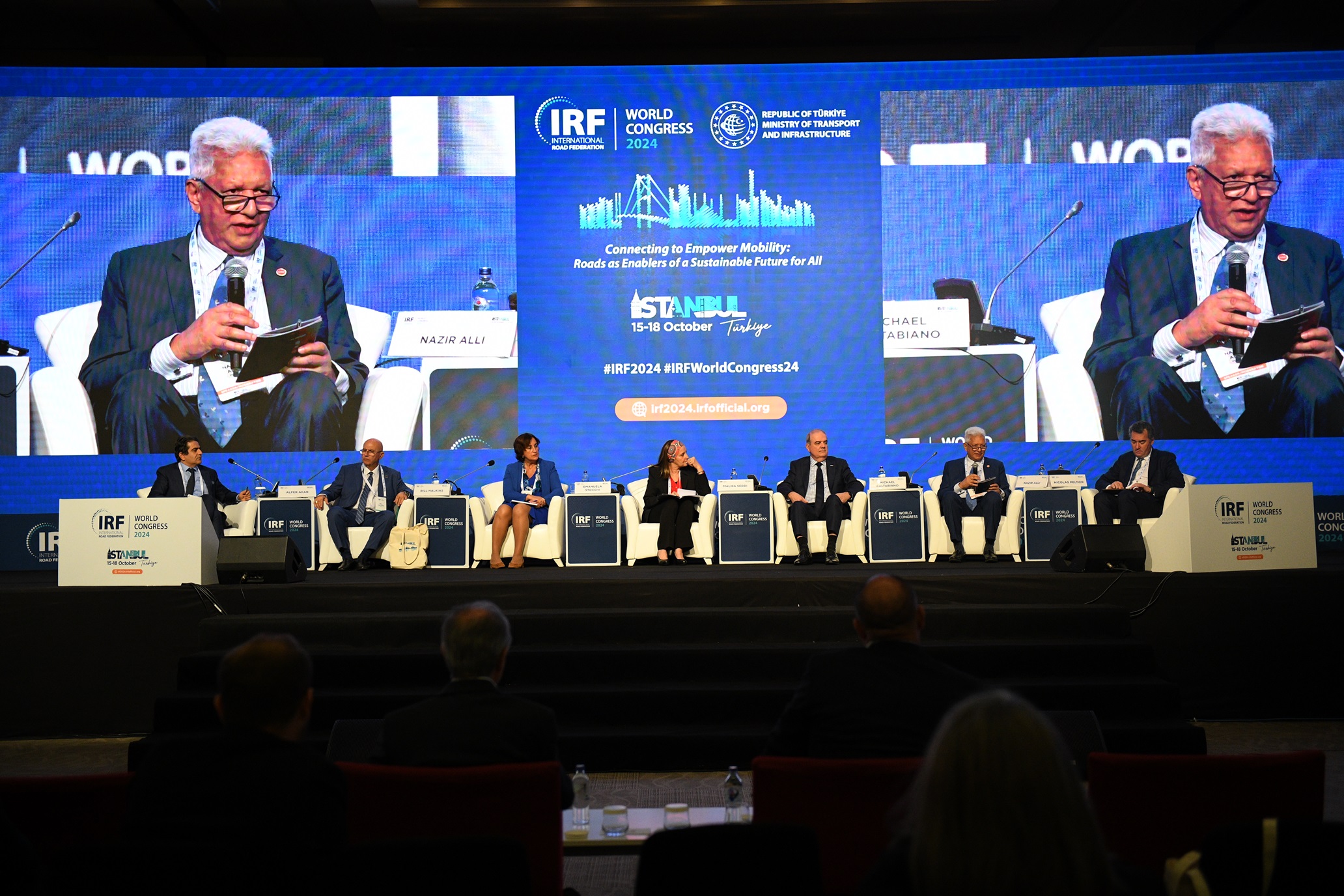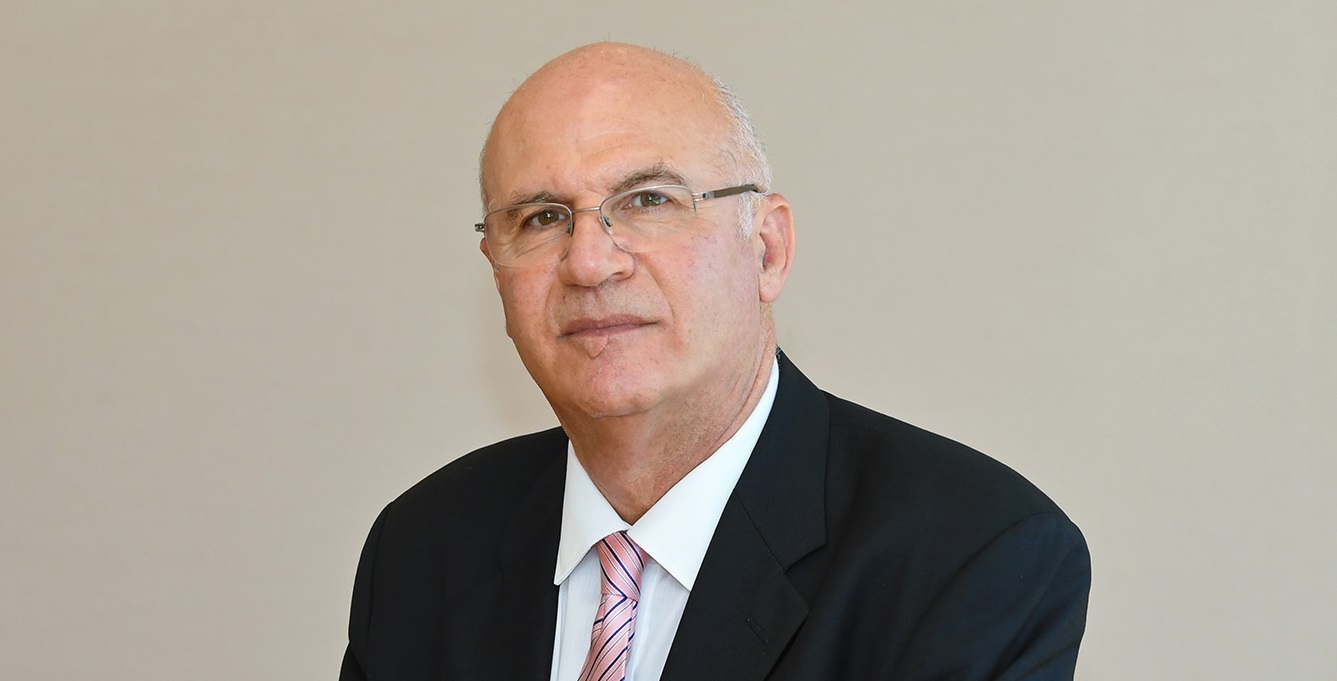
If having sustainable road infrastructure is the goal, then free-flow tolling is one of the best ways for highways agencies and concessionaire groups attain it. That was the overall message from the Asecap Days 2024 conference in Milan, Italy.
More than 400 attendees from 22 countries braved periodic downpours in the northern Italian city to reach the venue, the prestigious Palazzo Mezzanotte, also known as Palazzo delle Borse, seat of the Italian stock exchange.
It was another thought-provoking event from Asecap, the European Association of Operators of Toll Road Infrastructure. Presentations and panel discussions focused on, among other things, sustainable development and environmental protection of road infrastructure, digital twin-based maintenance and monitoring of infrastructure and the impact of electric vehicles.
Asecap president Julián Núñez, who is also president of Spain's Association of Infrastructure Contractors and Concessionaires (Seopan), set the tone of the conference with his opening remarks. He urged toll operators to pay more attention to sustainable operation of their infrastructure and ensure its resilience in the face of increasingly unpredictable climate changes. This is the new normal, he told the audience. The user-pay philosophy of tolling is the only way to finance such decarbonisation in the face of higher and higher operating costs, for construction as well as operating systems, which are getting more complex.
A sustainable tolling operation also means it is the safest tolling operation possible, noted Bill Halkias, president of IBTTA – the International Bridge, Tunnel and Turnpike Association - based in Washington, DC. “Road safety remains the most pressing issue for road operators,” he said. “But together, we all can make a difference. We have the tools to spread the message worldwide.”
One of those tools, he said, is IBTTA’s new global road safety campaign, Be Safe Together, which is endorsed by Asecap, International Road Federation (IRF), World Road Association (Piarc) and Project Edward, the UK’s biggest platform for showcasing best practice in road safety.

Speaking with one voice
“Road safety is about the little things, the small things that we all can contribute towards the safety of all road users,” Halkias explains. “Be Safe Together emphases that drivers have choices that can make a real difference in other people’s lives.” By taking care to check the tyres and clean the windscreen before getting in the car, ditching the phone, using turn signals, yielding to others and moving over and slowing down for road workers, drivers can work together to create a safer community on the road.
IRF president Anouar Benazzouz said it is now more than ever fundamental for all organisations in the road infrastructure and tolling sector to speak with one voice when it comes to drawing up regulations. Meanwhile, he noted, alongside technical innovation, there needs to be social innovation. That is why the IRF is working hard to set up new programmes to foster greater communication among all players in the sector. This will be one of the topics at the IRF’s World Congress in Istanbul in October, said Benazzouz, who is also chief executive of the National Company of Motorways of Morocco.
Regarding technical innovation for toll operators, every new system and service introduced must add to a driver’s seamless experience, said Lorenzo Rossi, chief executive of Movyon, part of Autostrade per l’Italia Group. Other key issues that are getting more important for toll operators are the physical management of traffic flow, the collection and management of infrastructure data and the future use of autonomous vehicles.
Toll booths will be relegated to history as road operators strive to keep vehicles moving through payment systems that rely on number plate recognition, as one example. Looking ahead, sensors in vehicles, in road furniture and embedded into the road surface itself will take over the transmission of data, Rossi explained. In fact, for Level 3 of autonomous driving – so-called conditional automation where the driver can temporarily take his or her eyes off the road – sensors will be mandatory.
Even so, it will be a huge step upgrading from Level 2 to Level 3 automation. From Level 3 onwards, a vehicle can temporarily take over driving tasks and the driver need not always be monitoring the system. But careful regulation for these operating systems will be needed, said Rossi, right across Europe to make them safe.
Such infrastructure will be expensive, said Erica Flesch, senior analyst with Moody’s infrastructure finance team. Along with technical regulation, there is even now a need for financial regulation to give private investors security about their investments. Ten to 15 years may well be not enough for investors to recoup their investment. She said that terms of 40 years or more may become the norm as more and more technology is integrated into infrastructure and tolling management.

Digitalised traffic management
The move towards more and more digitalised traffic management – sometimes called digital traffic management - will continue – and bring with it more and more data. But can a road agency or concessionaire ever have too much data? That depends what is being analysed.
Dars, Slovenia’s national motorway company which operates and maintains the country’s motorway network and related infrastructure, has made digitised traffic management the focus of its operations, according to Ulrich Zorin, director of motorway management at Dars.
For some years Dars has been working closely with the police and emergency services to transfer road data. Sensors will detect what trucks are overweight and this information will be sent to the police for them to follow up.
Dars has also been working on thermal camera installation inside road tunnels. At any one time, said Zorin, Dars knows what truck is in what tunnel and if that vehicle is overheating, perhaps as it works its way slowly up an incline. An alert will be sent to the emergency services so they can monitor the situation before any incidents occur.
The Slovenian agency continues to upgrade its Dars Promet+ app, which allows the driving public and commercial vehicle operators to access current conditions on all major roads, said Zorin, who is also president of the Society of Traffic Engineers of Slovenia. Continuously updated information is available on traffic congestion, estimated arrival times, traffic information, road cameras and a list of rest areas.
Digital technology is also making cashless tolling, including contactless payment, easier to implement, said Aurelio Mortoni, strategy and innovation director with Milano Serravalle Milano Tangenziali, the concessionaire until 2028 of the A7 from Milan to Serravalle Scrivia. It’s a triple-win situation for the environment, the driver and the concessionaire company. Since 2019, his company has been moving in this direction, starting with zero availability of contactless payment and rising to 60 pay-points by the end of last year.
From the concessionaire’s point of view, replacing traditional cash tolls with new cards and contactless systems has also brought several maintenance advantages. These include a 61% cut in maintenance and spare parts costs. There has also been 70% reduction in major maintenance interventions.
Mortoni said the introduction of contactless payment in 2023, which greatly cut vehicle idling time at toll booths, saved around 73 tonnes of CO₂ emissions compared to 2019. The concessionaire estimated that this was nearly a 40% cut in emissions in 2023 compared to 2019. A lot of this was due to the implementation of NFC – near-field communication – readers; payment occurs when a mobile wallet (phone), credit or debit card is positioned near or against the reader.
However, Mortoni believes the future lies with electronic toll collection, an even faster payment option that can replace toll booths altogether. A radio signal from a roadside sender triggers a passing vehicle’s transponder which sends data back to the roadside unit. The data includes the vehicle’s use of the road. This information is sent to an electronic payment system and the vehicle toll is taken automatically from their driver’s account. All is done without the driver stopping.
Payment of toll fines also needs to be a seamless process, noted Alessandra Federico, director of legal and international affairs for the Association of French Motorway Companies (Asfa). The association is working to extend an agreement with gambling operator Française des Jeux which has payment points for Asfa’s service in tobacco dealers throughout France. At the moment, fines can be paid at 10,000 dealers and the hope is that this can be enlarged to 30,000.
Free-flow tolling is the future for many new toll road projects. But Benoît Rossi, business development director at tolling provider Emovis, said that converting from existing tolling infrastructure remains an issue for many concessionaire companies. This is due to the cost of dismantling old infrastructure and then investing in - and adapting - new free-flow technology. New projects are encumbered by these issues. Free-flow tolling is currently best when it is designed into the motorway during construction design stages.

A weighty issue
On a little-mentioned topic, that of the impact of increased electric vehicle usage, Rossi pointed out some problems that lie ahead for road agencies and toll concessionaires. The market share of EV purchases might reach 60% by 2030, according to a report by HSBC Global Research. This is already having an effect on fuel tax revenue for governments, money that is often invested in new highway development by road agencies. Fuel tax has dropped by half in the past 15 years in Europe along, as noted by the Organisation for Economic Cooperation and Development.
Of particular interest for concessionaires, said Rossi, is the greater weight of an EV as against that of a traditional petrol or diesel vehicle. A McKinsey and Company report said the average increase in road wear from one EV versus one internal combustion engine vehicle is 2.4 times. If the amount of EVs on the roads is around 85% of all vehicles by 2050, looking ahead there could be some serious maintenance costs for toll road operators.
No matter how much of the latest technology is employed to make a tolling operation more efficient, this can’t be done at the expense of safety – the ultimate goal for all road agencies and concessionaires. Implementing this latest technology usually brings massively increased amounts of so-called big data that needs to be analysed, explained John Fagan, chief revenue officer of UK-based safety specialist Valerann. The data is coming from many sources – road sensors, highway cameras, weather conditions, highways agency traffic reports, navigation apps, police, emergency services, connected vehicles - even social media posts and phone calls.
Of course, it is essential to respond as quickly as possible to emergencies. However, Fagan told the audience during a session on technology and safety, the problem is that big data overload has led to what he calls alert fatigue.
It is now most important to have information based on big data that tells you where incidents are likely to occur so emergency services can be one step ahead in any response situation. Toll operators should look for data partners that can analyse big data in order to prioritise the most important information – to create future scenarios based on past historical data. Simply put, it is the use of circumstantial evidence to piece together an incident.

Asset management
More and more asset management is dependent upon improvement to Lidar-based road inspection. Increasingly, systems using artificial intelligence are getting the attention of concessionaires, said Bernardo Menezes, a civil engineer with Brisa Autoestrades. Brisa has five concessions in Portugal amounting to 1,500km of highway and 24 service areas.
Any type of monitoring of the road surface looks at roughness, mean profile depth, skid resistance, rutting and surface distress – where cracking characterisation is important. Brisa has been using Vaisala RoadAI that relies on video capture and automated analysis of the video.
According to Vaisala, the video captured by its RoadAI is used in combination with sensor data to form spatial information of visible objects. Video capture enables visual documentation to support communication and verification of computer vision in automating inventories and producing notifications of detected changes.
Brisa inspects around 550km/lane of motorway annually, said Menezes. The images are collected through a smartphone application. This allows the identification and classification, by type and severity, of pavement surface distress, assessment of the pavement condition index (PCI) and, as well, easy visualisation of the processed data.
Visual inspection can cover around 40km a day and availability of analysis results can take two or more weeks – in graphic and linear representation. Meanwhile, RoadAI handles up to 200km per day and results are almost immediate – in graphic and geo-referred with images.
Future refinements, said Menezes, will include more input of information into a concessionaire’s digital twin of the motorway. Also, improvement of the information quality will depend on the AI learning from the images.
Wrapping up the two-day conference were presentations about future challenges. Pedro Pinto, general manager for tolling at Ascendi, a Portuguese manager of infrastructure assets, including toll collection, operation and maintenance, urged national government and road agencies to crack down on cross-border non-payment of tolls. If tolling, in whatever form, is to become more efficient, there must be more pan-European regulations and processes for road agencies and concessionaires to capture this lost revenue.
---------------------------------------------------------------------------------------------
The 52nd Asecap Days will take place in Madrid on 26-28 May 2025, hosted by Seopan, with the theme: Challenge of Future Mobility – The Role of Road Infrastructure.
Call for presentations is open - the submission deadline is 27 September 2024.
Submit your abstract here
---------------------------------------------------------------------------------------------












